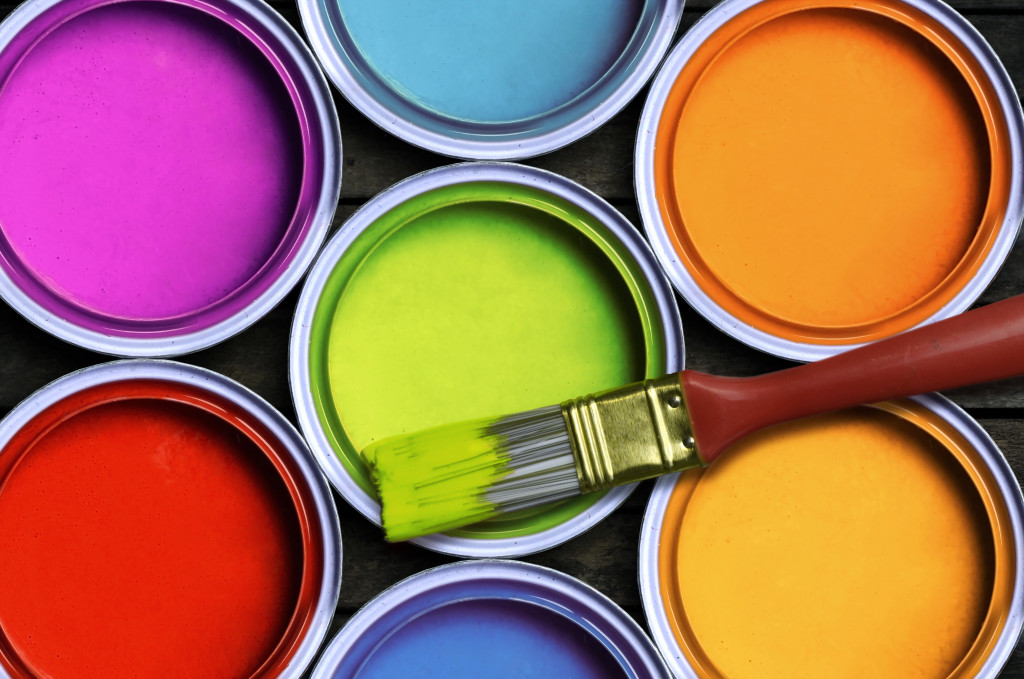Buying a house of your own is an achievement in itself. However, as many homeowners know, realizing the goal of getting your dream home does not end with purchasing house and land packages. In fact, acquiring the house is only the beginning. One of the most important decisions you’ll make when renovating or personalizing your house is choosing the paint colors.
The question of which colors you should use is a tricky one. Several factors might affect your decision, such as personal preference or yearly trends. However, one consideration you won’t regret making is color psychology.
Color psychology is a relatively young field, backed mostly by anecdotal evidence and practical research. Nonetheless, many experts in marketing and design swear by it. While some psychologists view this field with skepticism, they agree on the power that color holds in our lives. We express ourselves, connect, and influence others through our choice of colors.
Different cultures have different interpretations of hues. For instance, white clothes may be associated with purity in Western cultures, but they are more closely linked to mourning in some Eastern cultures. Context also matters in giving meaning to color. A red rose gifted to a lover is easily interpreted as a confession of admiration, but red flags in sporting events are signs of warning or threat. So, what about the meanings of colors in our homes? What feelings does each color evoke? Where will each color fit best? Let’s find out below.
Warm colors
Shades of red, yellow, and orange are considered warm. They evoke a range of feelings, from warmth to anger. Specifically, here is what each color might make us feel:
-
Red
What it means: Red is a stimulating color. It is said to be the color of excitement and confidence.
When to use it: If you need an energy or confidence boost, red is the hue you should pick. However, too much red can cause excess agitation. Using red as an accent, e.g., a red pillow or dish is best for you not to overwhelm your senses.
-
Yellow
What it means: Most people see yellow as a happy color. It’s most probably because it reminds them of everyone’s favorite season: summer.
When to use it: Put an end to mental block and get your creative juices flowing with yellow. Yellow enhances awareness and mental activity. Just like the bright light bulb that appears over the heads of cartoon thinkers, a yellow chair or bookmark might spark the ideas you’ve been waiting for.
-
Orange
What it means: Orange stands for rejuvenation and fruitfulness. Like yellow, it is associated with optimism and enthusiasm. It reminds people of sunsets or tangerines.
When to use it: Draw attention to a corner or an object by adding a splash of orange. Orange is also said to be the color of sociability, communication, and adventure. So, orange accessories and dining ware can help initiate conversations and start friendships. Try it out at your next party or gathering.
Cool colors

-
Blue
What it means: Blue is perhaps the most commonly liked color. This is not surprising since the heavens and seas have this hue. Strength and loyalty are also linked to this color.
When to use it: Blue eases tension and promotes harmony. You can use blue for your curtains or walls in the bedroom to help you calm down after a long and tiring day. Blue is also good for relaxation, such as when you’re sinking into your bathwater. Blue tiles in the bathroom can help you achieve this effect.
-
Pink
What it means: Pink reminds people of gentleness, youth, and innocence. It is also associated with love.
When to use it: A pink lampshade or table cloth can help you set the mood for interactions that demand understanding and openness. Pink is a tranquil color that is also naturally soothing to the eyes.
-
Purple
What it means: Royalty and wealth are the first things that come to mind when one sees purple. Magic and mystery are also linked to this color.
When to use it: Since purple is related to mysticism and spirituality, a room with hints of purple can allow people to connect and to themselves more deeply. A purple throw pillow or a vase of purple flowers might do the trick.
Painting time
Now that you know what each of the common warm and cool colors stands for, it’s time to start painting! Mix and match the warm and cool colors to create the best effect and produce the desired atmosphere in your rooms.

